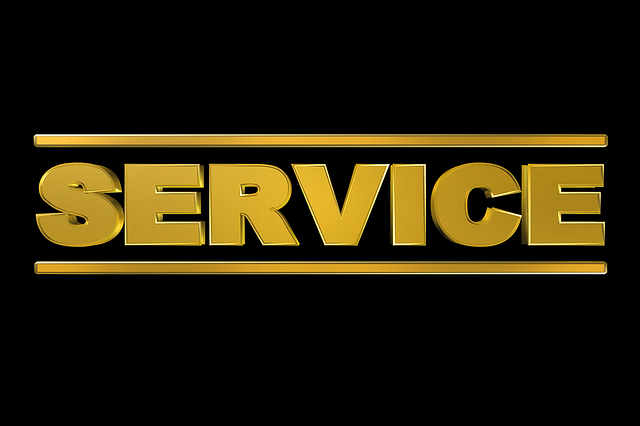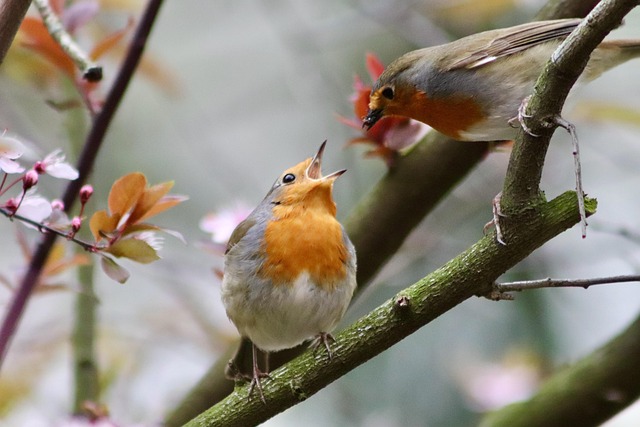Thornton residents should be vigilant in identifying early signs of an unhealthy tree, such as unusual leaf discolouration, abnormal growths, wilting, or changes in bark texture, to maintain their property's safety and beauty. Prompt action upon noticing these indicators is crucial for managing diseases and ensuring the longevity of trees through timely interventions like proper pruning, nutrient management, fungicides, and expert arborist advice. Regular inspections are key to developing effective tailored treatment plans.
In the vibrant landscape of Thornton, maintaining healthy trees is essential for a lush and vibrant community. However, recognizing the signs of an unhealthy tree can be challenging for residents. This guide aims to empower Thornton folks with knowledge on identifying common tree diseases and crafting effective treatment plans. Learn to spot the subtle yet critical indicators of distress in your yard, enabling you to take timely action and nurture robust trees for years to come.
- Recognizing Unhealthy Tree Signs: A Thornton Resident's Guide
- Diagnosing Common Tree Diseases in Your Yard
- Crafting an Effective Disease Treatment Plan for Your Trees
Recognizing Unhealthy Tree Signs: A Thornton Resident's Guide

Recognizing the early signs of an unhealthy tree is crucial for any Thornton resident aiming to maintain their property’s beauty and safety. Keep an eye out for specific indicators that could point to underlying issues. Discolored or falling leaves, particularly during off-season times, might suggest stress caused by disease, pests, or environmental factors. Uneven growth patterns, where one side of the tree appears significantly healthier than the other, can also be a red flag.
Other visible signs include wilted branches, unusual oozing from wounds, or abnormal growths. If you notice any of these in your Thornton yard, it’s essential to act promptly. Early intervention is key to managing and treating potential diseases, ensuring the longevity and health of your trees.
Diagnosing Common Tree Diseases in Your Yard

Crafting an Effective Disease Treatment Plan for Your Trees

When it comes to crafting an effective disease treatment plan for your trees, the first step is identifying the specific signs that indicate an unhealthy tree in your Thornton yard. Keep a close eye out for unusual discolouration or shedding of leaves, abnormal growths, wilting, or changes in bark texture. These could be early indicators of various diseases or pests affecting your trees. Regular inspections are key to catching potential issues early on, allowing for timely intervention.
Once you’ve noticed concerning symptoms, develop a tailored treatment plan. This may involve cultural practices such as proper pruning techniques, ensuring adequate water and nutrient management, and improving air circulation around the tree. In some cases, fungicides or pesticides might be necessary to combat specific diseases or pests. Consult with an arborist for expert advice and consider seasonal applications based on the particular disease or insect you’re addressing.
In identifying signs of an unhealthy tree in your Thornton yard, understanding common diseases and crafting a tailored treatment plan is key to maintaining vibrant, robust trees. By promptly addressing issues through proper care and management techniques, you can ensure the longevity and health of your urban forest. Remember, proactive measures are often more effective than reactive treatments, so stay vigilant and take action when necessary.
